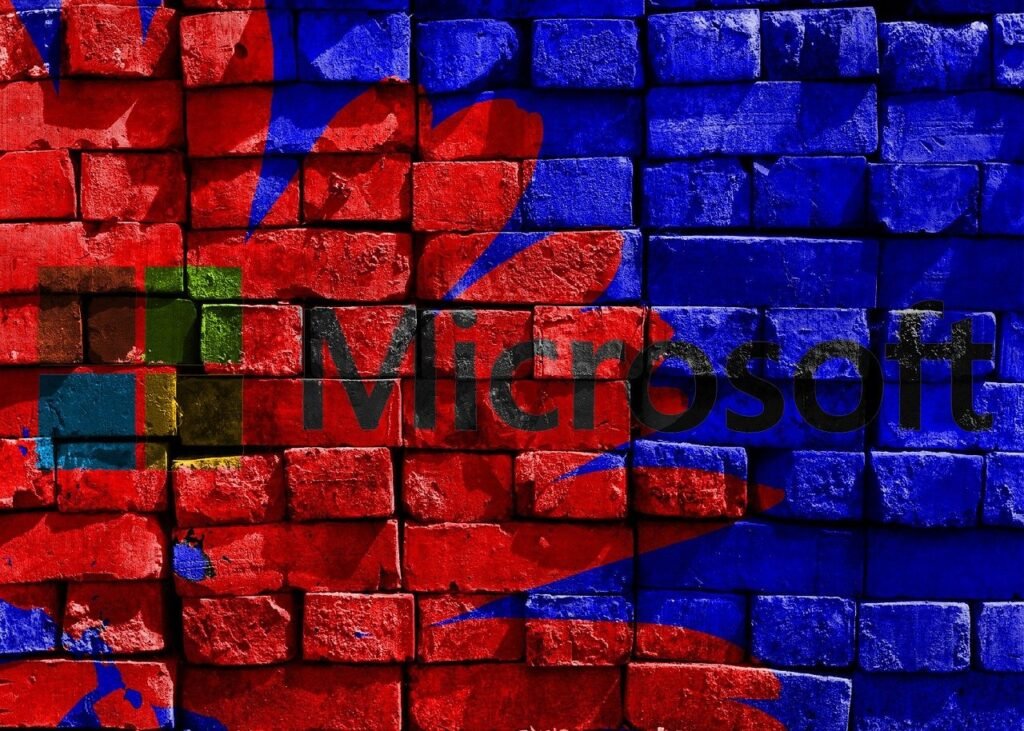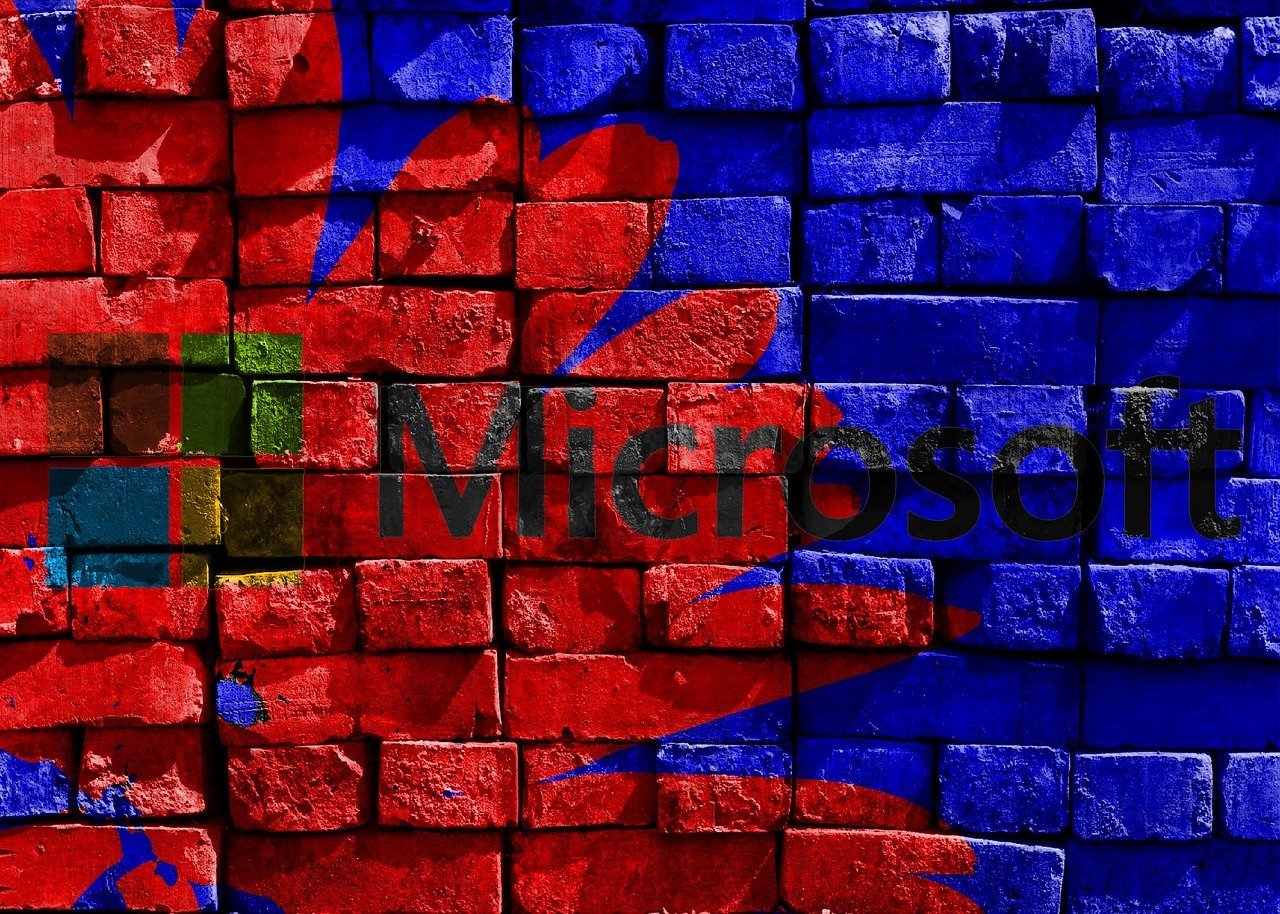
Microsoft cuts another 9,000 jobs, many of them inside Xbox—shaking studios, canceling games, and forcing a rapid rethink of the platform’s future. The layoffs, announced on 2 July 2025, mark the fourth wave in 18 months and the largest hit to Microsoft Gaming since the Activision‑Blizzard deal closed.
What just happened to Xbox jobs at Microsoft?
Microsoft sent pink‑slip emails to thousands of staff worldwide early on 2 July. Internal memos confirm that roughly 9,000 roles, about 4 % of the workforce, are gone. The cuts focus on Xbox Game Studios but also reach sales and support teams.
In two short years Microsoft grew its Gaming headcount by buying Activision, Bethesda, and dozens of support studios. Leadership now admits it overhired. The new reductions, coming only months after a smaller May purge, aim to “remove layers of management” and “stay agile,” according to Xbox CEO Phil Spencer’s note to staff.
Why did Microsoft decide to cut so many Xbox jobs?
Management says it must spend heavily on AI, cloud, and silicon while still funding new consoles and Game Pass. Trimming payroll frees cash and reduces meetings that slow teams. Analysts also blame slowing console sales and tougher Game Pass growth in key markets.
In short, Microsoft prioritizes projects that promise quick, scalable returns—AI services, developer tools, and cloud infrastructure—over long, risky game builds. The Xbox layoffs reveal how even the world’s second‑most valuable company is tightening belts when a unit misses growth targets.
How many employees lost their positions, and which teams suffered the most?
Internal head‑count tracking by Windows Central shows King Mobile, Rare, Turn 10, The Initiative, and ZeniMax marketing among the hardest hit. King loses about 200 staff; Turn 10 sheds half its team; The Initiative closes outright. Smaller but painful cuts surface at every U.S. studio from Raven to Sledgehammer.
Support units such as community management, QA, localization, and publishing operations also shrink. Sources say many affected workers received four‑month severance and health coverage extensions.
What games and projects got cancelled or delayed?
Perfect Dark and Everwild, which are already in development limbo, are officially shelved. ZeniMax Online’s unannounced MMO meets the same fate, while several Call of Duty support tasks move to Activision’s remaining hubs.
Cancellations save cash today but leave Xbox without near‑term exclusives. Fans fear fewer first‑party releases for Game Pass in 2026–27, while competitors push fresh AAA titles.
How do the July 2025 cuts compare with previous Microsoft layoffs?
Microsoft trimmed 1,900 Activision Blizzard King roles in January 2024, shuttered three ZeniMax studios in May 2024, and eliminated 650 more jobs in Sept 2024. The July 2025 round is the largest yet, dwarfing each earlier wave.
Altogether, the four rounds remove almost 12,500 positions from Gaming in 18 months—roughly one‑quarter of the headcount Microsoft added through acquisitions.
How does Microsoft’s strategy shift after the job cuts?
Microsoft says it will double down on “platform and services first.” Expect:
- More day‑one Game Pass deals with external studios instead of expensive in‑house epics.
- A renewed push for Xbox Cloud Gaming on smart TVs and handheld PCs.
- Investment in AI tools that automate game testing, localization, and support.
Spencer’s memo stresses “focus on the strongest opportunities” and “discipline to prioritize.”
What does this mean for Xbox players and Game Pass subscribers?
In the near term, players won’t see cancelled games because they never had release dates. But a slower first‑party pipeline could widen the gap with PlayStation exclusives in 2026. Game Pass may lean harder on third‑party titles and back catalog refreshes.
Microsoft pledges that ongoing live games—Halo Infinite, Sea of Thieves, Minecraft, and Call of Duty—remain supported. Yet fans worry that fewer developers on each service game could slow updates.
How are industry experts and former staff reacting?
Analysts call the move “a cost‑efficiency play that Wall Street likes.” Dan Ives of Wedbush says Microsoft “over‑hired” and now “must prove it can run lean.”
Former employees flood LinkedIn with job‑search posts. Veteran designer Laura Fryer tweets that studios “need space to create, not constant reorganizations.” Community backlash centers on cancelled projects that once excited fans.
What support is Microsoft offering to affected employees?
Microsoft provides severance, six months of health coverage in the U.S., résumé workshops, and priority consideration for roles elsewhere in the firm. Spencer’s email encourages staff to “explore open positions across Microsoft Gaming” before looking outside.
External recruiters from Epic, Tencent, and Sony quickly post hiring calls. Regional game‑dev associations set up talent spreadsheets to match displaced workers with studios.
Could more Xbox layoffs happen in the future?
Executives do not rule it out. Microsoft says it will “continue to evaluate business needs.” Analysts warn that if Game Pass growth stalls or hardware sales fall after the next console refresh, further pruning is possible. However, a rebound in engagement and revenue could stabilize headcount.
Market watchers suggest that the success of cloud gaming partnerships, the advertised low‑cost streaming device, and AI‑driven production savings will determine whether more cuts arrive in FY 2026.
How should investors read these layoffs?
Wall Street greeted the announcement with a 1.8 % uptick in Microsoft’s share price, signaling confidence in cost discipline. Investors view job cuts plus AI investment as a path to higher margins. Yet some warn that losing creative talent can hurt brand value in the long run.
The key metric to watch is Game Pass subscriber growth versus content spending. If subscriber additions cover the loss of box‑price sales, Microsoft may declare victory despite slimmer studio ranks.
How can job seekers in gaming adapt to the new landscape?
Talent now faces a changed market:
- Diversify skills. Experience in Unreal, Unity, and proprietary engines broadens prospects.
- Look beyond AAA. Mobile, indie, and transmedia projects continue hiring.
- Network fast. Attend July and August digital career fairs where recruiters scout ex‑Xbox staff.
Several displaced developers have already moved to remote‑first startups or non‑game tech firms seeking real‑time 3D skills.
Conclusion
The latest layoffs prove that even tech giants can reverse rapid expansion when revenue lags ambition. Microsoft frames the decision as a pivot toward agility, cloud, and AI, but the human toll is undeniable and the creative cost unknown. Xbox now enters a critical two‑year stretch in which it must ship hits, grow Game Pass, and reassure both players and investors that bold changes can still spark great games.
FAQs
Why did Microsoft announce the cuts in July instead of the typical January cycle?
Microsoft aligned the layoffs with the start of its new fiscal year on 1 July. Starting fresh budgets made it easier to adjust headcount and allocate more money to AI and cloud investments without mid‑year accounting friction.
Will my existing Game Pass subscription price change because of the layoffs?
Microsoft has not announced pricing changes tied to the cuts. Any future adjustment will depend on content costs, licensing fees, and regional currency shifts rather than severance expenses, which are one‑time charges.
Could cancelled games like Perfect Dark ever return?
Microsoft retains the intellectual property rights. If market conditions improve, or an external partner offers to co‑fund development—the company could revive the projects. For now, leadership parks them to concentrate on fewer, higher‑confidence titles.
